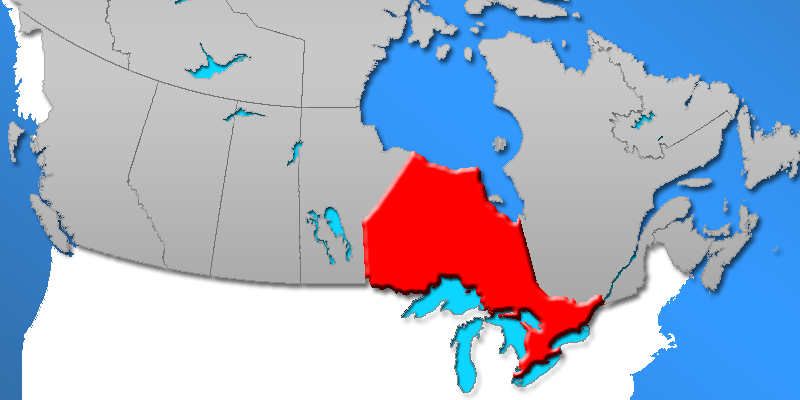Trudeau budget more bad news for Ontario

Yesterday, the Trudeau government tabled its budget for the 2019/20 fiscal year. And next year’s federal deficit will once again eclipse the $10 billion limit promised on the campaign trail, with no near-term plans to return to balance.
A substantial federal deficit during a period of economic expansion is bad news for all Canadians—but it’s especially concerning in Ontario, which is also saddled with a whopping $346 billion provincial debt.
That sounds bad enough. Until you consider that Ontarians are also on the hook for approximately 40 per cent of the federal government’s net debt, which comes to about another $280 billion. Add these up, and you find that Ontarians are responsible for an aggregate net debt load of approximately $625 billion.
It’s difficult for anybody to comprehend such a large number, so a little bit of context is helpful. If you add up the provincial debt and Ontario’s share of the federal debt and divide it between Ontario’s residents, you get a net debt per person of $42,500 for every man, woman and child in the province.
Clearly, in a federal country such as Canada, developments at each level of government don’t happen in isolation—they influence and interact with one another. In the case of Ontario, decisions by the provincial and federal governments have piled up debt in recent years. And the the federal government chose in yesterday’s budget to keep piling on the debt. Again, ultimately, the Ontario taxpayer is responsible for both the provincial government’s debt and a large share of the federal debt.
Deficits and debt aren’t the only way federal government policy has interacted negatively with provincial policy in recent years. On tax policy as well, similar mistakes by the two levels of government have compounded one another, with negative implications for Ontario’s economic well-being and competitiveness.
The most glaring example is the personal income tax, where both levels of government (Ottawa and Queen’s Park) have created new higher top income tax brackets at various points over the past decade. As a result, many skilled professionals in Ontario now face a top combined marginal income tax rate of 53.53 per cent, meaning more than half of each extra dollar they earn goes to either the provincial or federal government in income taxes. That’s the second highest top rate of any province or U.S. state.
Common sense tells us that such a high tax rate will have a big effect on economic incentives that are harmful to growth. And substantial theoretical and empirical research supports this economic intuition. In yesterday’s budget, the Trudeau government’s failure to reverse the very high top marginal income tax rate therefore represents a lost opportunity to help get public policies (that effect Ontario in a big way) back on track, and help drive prosperity here and elsewhere in Canada.
To recap, for Ontario to reach its full economic potential, governments in both Ottawa and Queen’s Park must get policy right. If one or the other doesn’t, Ontarians won’t prosper as much as they could. When both governments make mistakes, as has been the case in recent years, that’s even worse. Unfortunately, yesterday’s federal budget continues the trend of big deficits and high taxes, which have badly hurt Ontario’s growth prospects, economic competitiveness and working Ontarians.
Author:
Subscribe to the Fraser Institute
Get the latest news from the Fraser Institute on the latest research studies, news and events.

